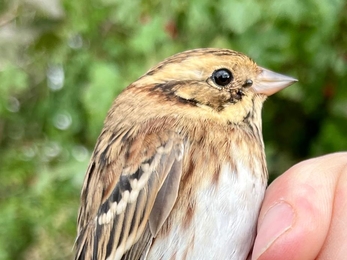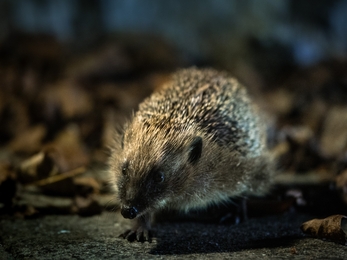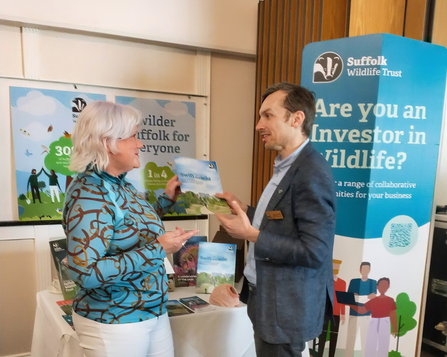Halloween Extravaganzas
Our Engagement Officers have had a blast hosting spooky (but family friendly!) Halloween events across the county.
A variety of themed activities were available to take part in at our seasonal Halloween events at Foxburrow, Lackford Lakes, and Carlton Marshes, and in Ipswich.
Families followed nature trails by torch light, dissected owl pellets, and made tin lanterns to name a few activities - all connecting them to Suffolk's autumnal wildlife and wild landscapes.



























